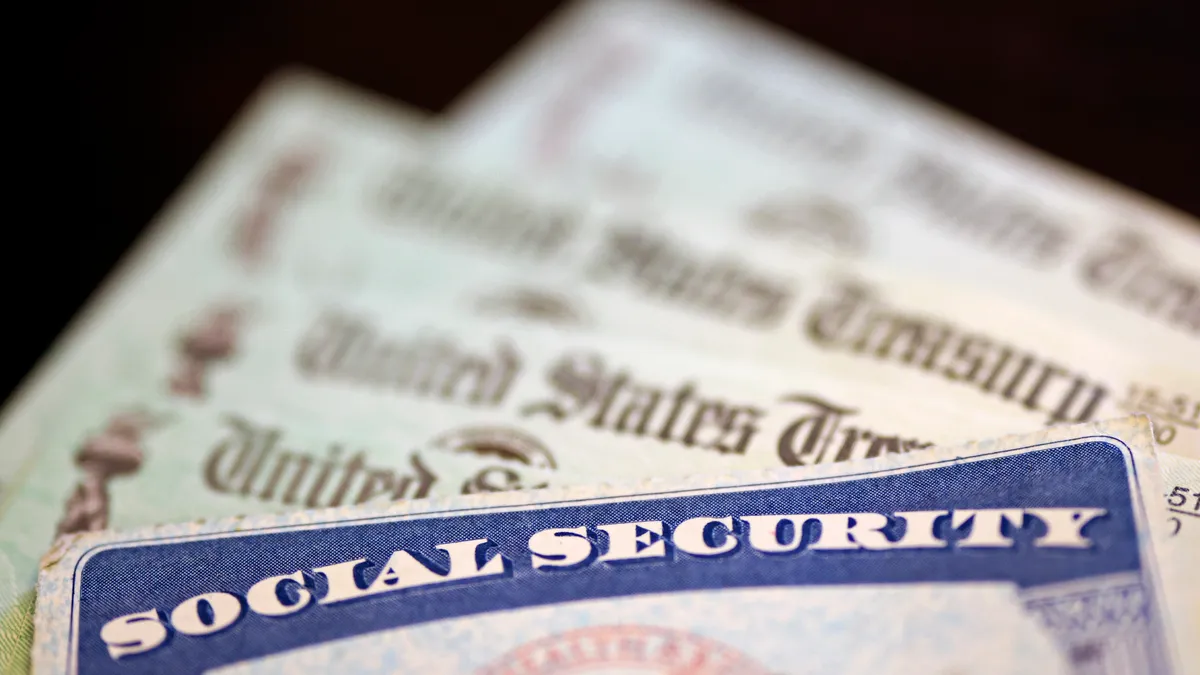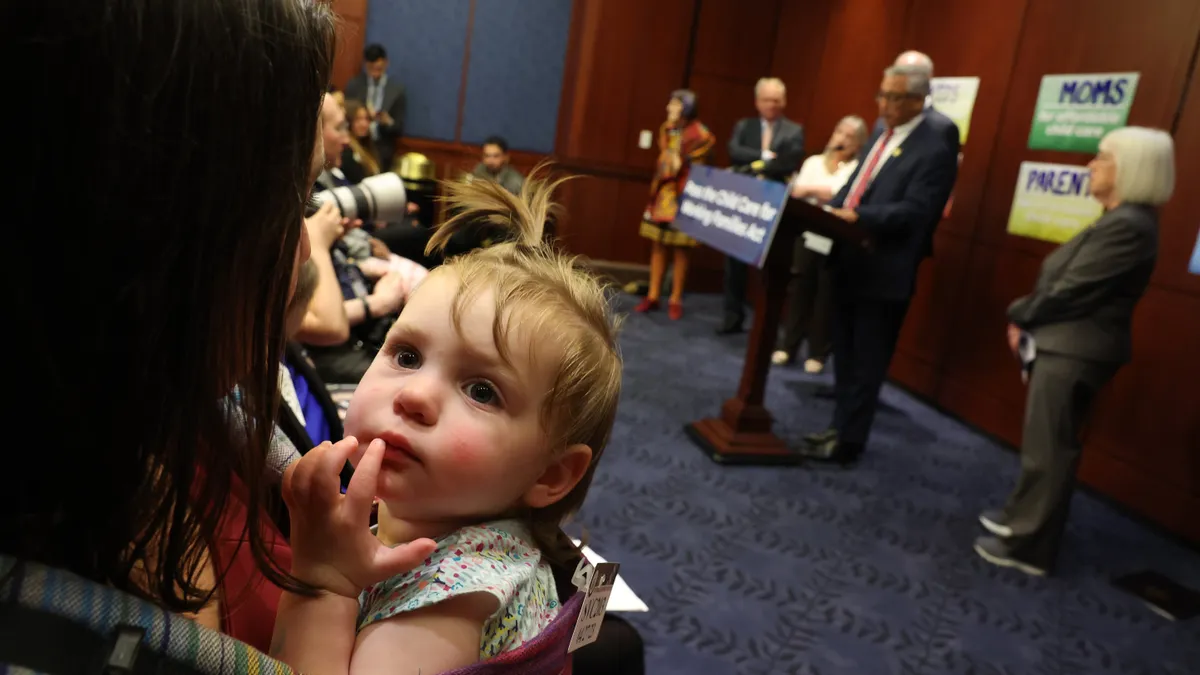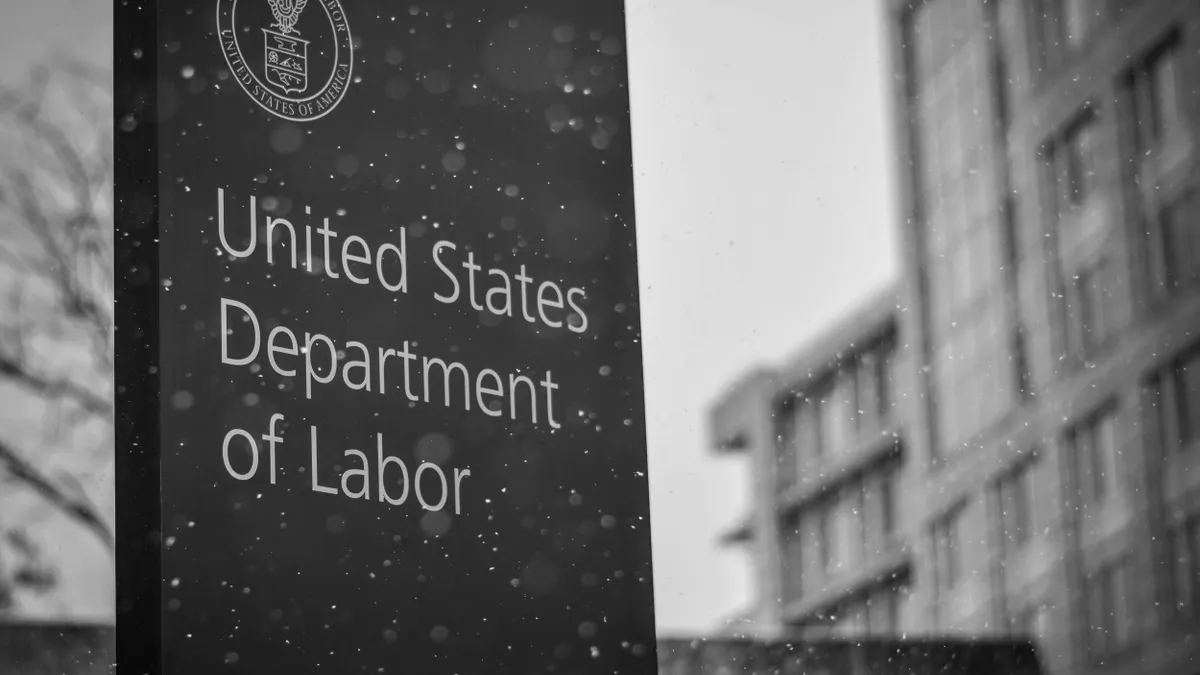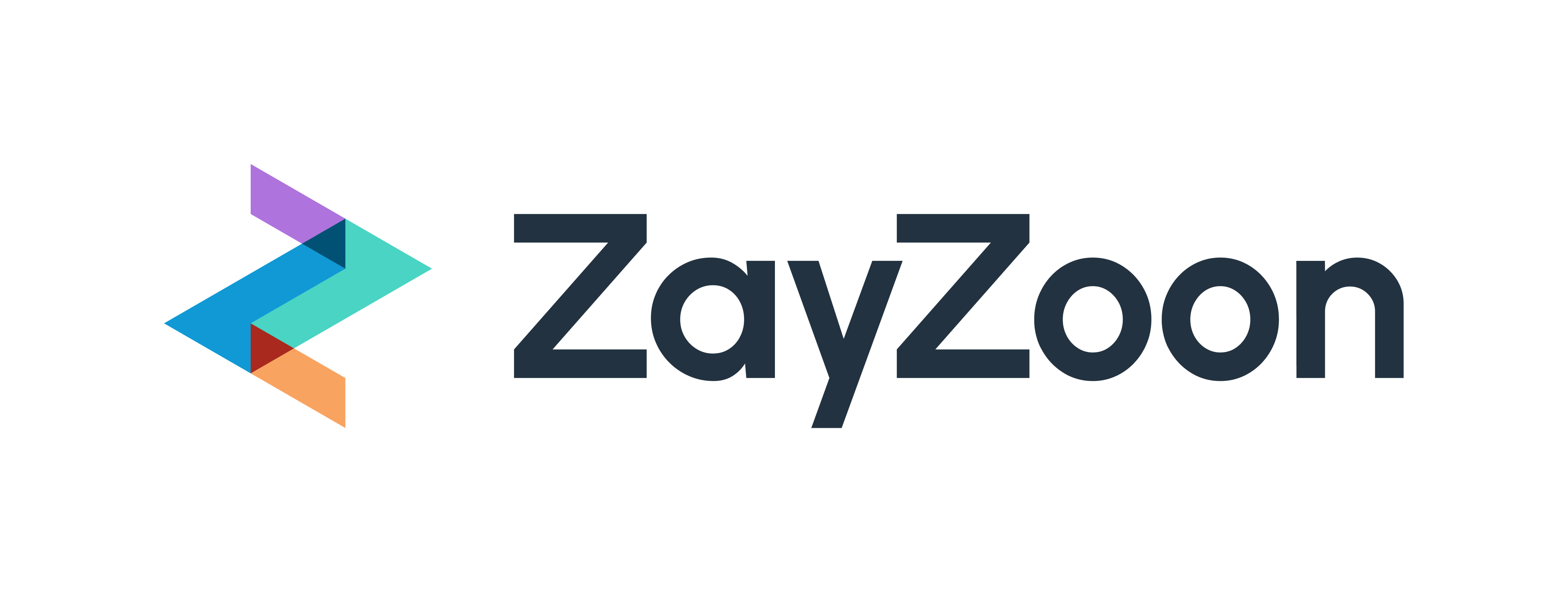HR professionals have much on their minds ahead of the 2025 open enrollment season, but a perhaps understated issue concerns employees’ long-term worries about their finances.
More than two-thirds of workers in a recent multigenerational survey published by the Transamerica Institute said they did not believe they would have enough saved to meet their retirement needs even if they worked up until retirement. A strong share of respondents, including 57% of baby boomers, 39% of Generation X and 33% of Generation Z, said they planned to work until age 70 or older.
Employers must help their workers better understand the reality of what retirement actually looks like in order to assist them, said Dan Doonan, executive director of the National Institute on Retirement Security. This includes topics such as planning for potential healthcare expenses and the importance of compound savings over the course of their working lives.
Younger workers, especially, “have time to let that savings grow,” Doonan said. He noted that investment returns could generate up to three-quarters of retirement funds for those who begin saving in a typical defined contribution plan at age 25. “If they get on track now, that number is going to grow many times.”
It is also key to inform employees about their income expectations in retirement, Doonan added. For example, plan members may be unaware of principles like the so-called “4% rule,” under which retirees withdraw 4% of their funds in their first year of retirement as a baseline with adjustments each subsequent year in order to preserve their funds.
Doonan said members of the retirement industry “haven’t done as well” in explaining income expectations to investors compared to other topics. Another rule of thumb is to suggest employees save 25 times the annual amount they plan to spend in retirement each year, he added.
At base, employers need to know which outreach methods are most effective for their workforces, said Craig Copeland, director of wealth benefits research at the Employee Benefit Research Institute. Simple emails about plan options and guidance don’t tend to do all that well, he noted, compared to other methods such as brochures, webinars, seminars, infographics and internal resource groups that discuss financial topics.
Word-of-mouth is also an effective tool, Copeland said, especially when organizational leaders within a company speak to employees about the importance of saving. Deskless workers may benefit from having a supervisor or other point of contact who can explain investment options.
Target date funds a default option for wary investors
Many workers feel unsafe or uncomfortable when making retirement-related decisions, and the retirement industry has adapted to this sentiment, Doonan said. Employer-sponsored plans increasingly offer automatic enrollment features and related concepts such as automatic escalation — in which plans automatically increase an employee’s contribution rate over time — in response to this anxiety, he continued.
The prominence of target date funds, or TDFs, in retirement plans are a related trend. TDFs are collective investments that, according to a 2024 EBRI report, focus on a long-term investment strategy that automatically adjusts and rebalances as it matures toward the target date. The funds are one method by which employers can simplify access to their plans and may appeal to employees who prefer “an easy option to do the right thing,” Doonan said.
TDFs are increasingly the “default” investment option for employees, Copeland said. EBRI’s report found that, as of the end of 2022, 85% of analyzed 401(k) plans contained TDFs as part of their investment lineups.
Emergency savings play a part
Present-day financial challenges also contribute to employees’ inability or unwillingness to save for retirement, Copeland said, which may mean employers need to consider benefits that assist with emergency financial needs.
“In many cases, having an extra $2,000 or even $500 can really help people get through these times where their car breaks down or whatever things can happen,” he said.
Recent federal regulations established as part of the SECURE 2.0 Act allow employers to establish short-term savings accounts as part of a retirement plan, but organizations also may work with third-party vendors to set up similar programs, Copeland said.























